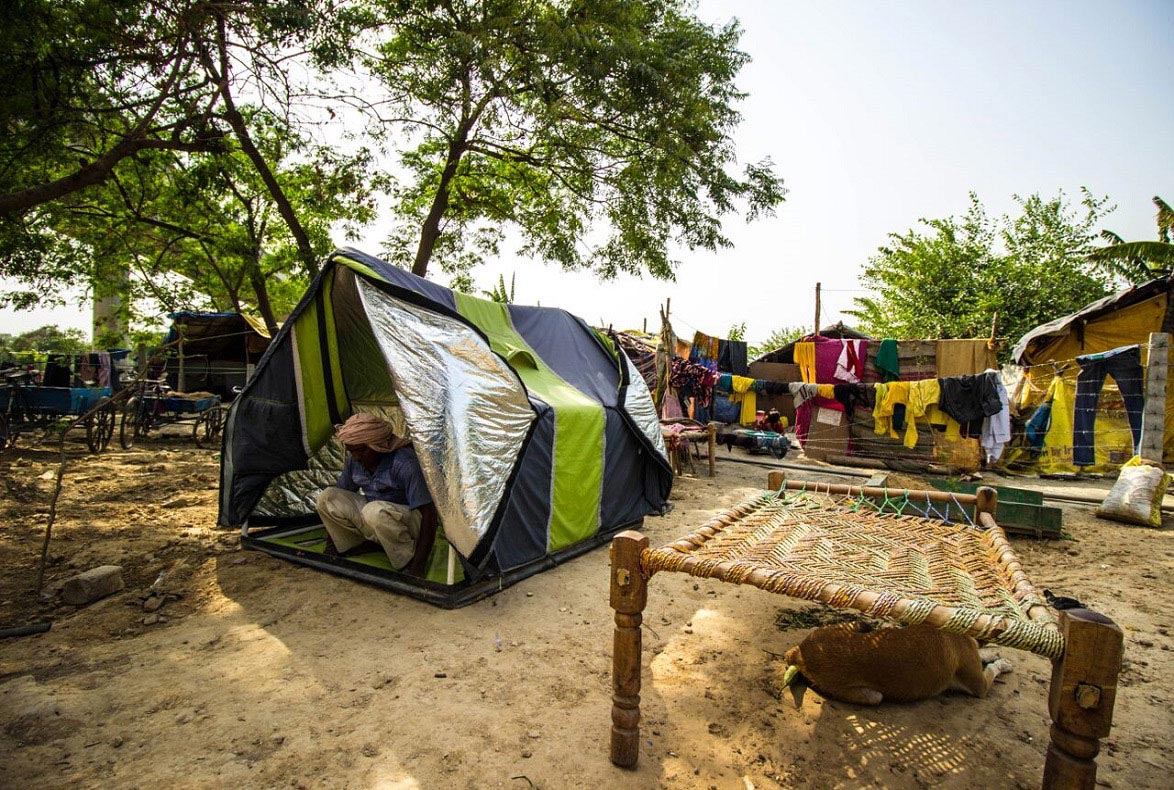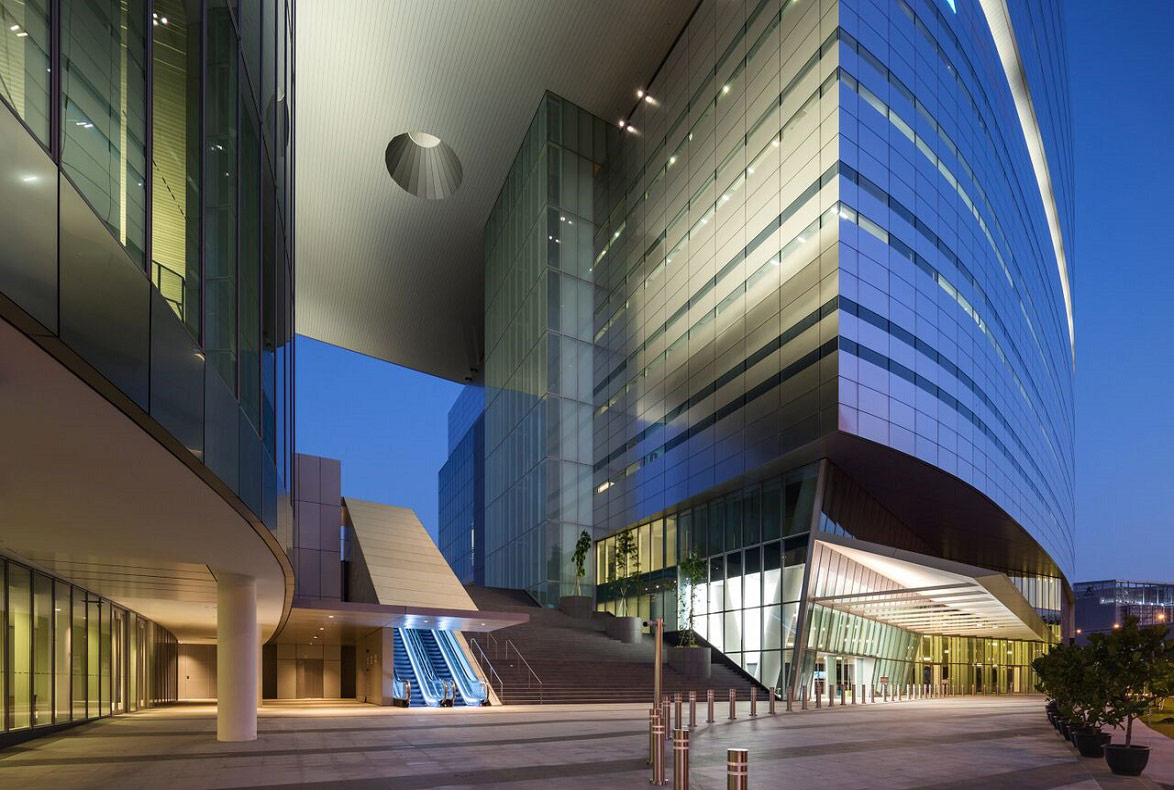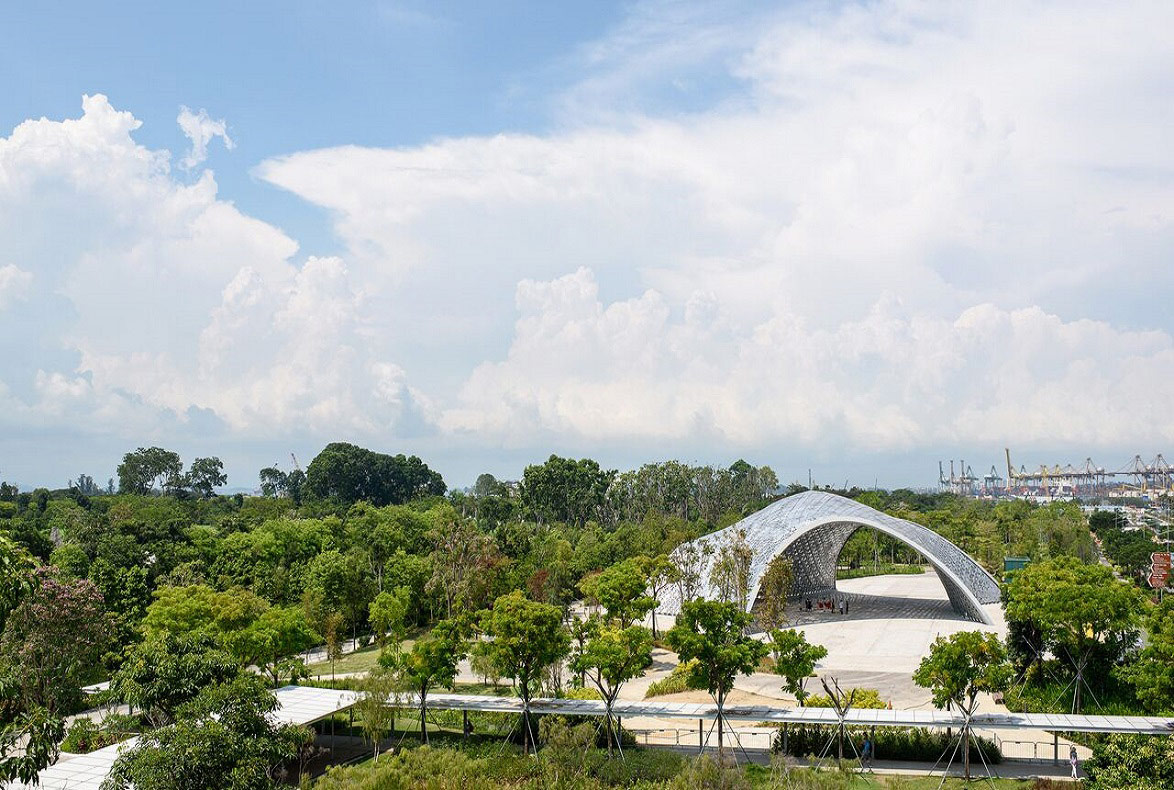* DESIGNER OF
THE YEAR 2016
Dr Hossein Rezai
Director
Web Structures Pte Ltd
Dr Hossein Rezai has come a long way from when he first redesigned a toy car when he was just five years old. He was awarded a PhD in 1985 for his work on reinforced and pre-stressed concrete structures and proceeded to pursue his research interest on a post-doctorate research programme. He founded Web Structures in August 1996 to practise his passion for applied engineering design and realisation of many impressive structures in over 26 countries. Dr Rezai is one of the initiators of the concept of fusion engineering, which reconciles the seemingly contradictory agendas of good design with cost efficiency.
READ MOREInsights from the Recipient
Citation
Jury Citation
Dr Hossein Rezai uses structural engineering design principles that complement the conceptual essence of making things. His understanding of structural behaviour and systems allows him to manipulate structural form and expression to harmonise with the design intent of the architect. This ensures the creation of the most sustainable, productive and optimised solutions that stretch the boundaries of conventional engineering design. As such, architects have described him as a dream collaborator. He brings a creative solution to each project – improving how it can be built, while not losing sight of the greater whole.
Whether it is the Tokio Marine Centre – a collaboration with Sonny Chan and CSYA, with its concept of external columns that create an exoskeleton structure to support the building vertically and laterally, or the Assyafaah Mosque – a collaboration with Tan Kok Hiang and Forum Architects, which employed an innovative reinforced concrete arched frame to create a column-free prayer hall on the ground level whilst supporting three storeys of classroom and ancillary spaces – Dr Rezai has consistently demonstrated an admirable ability to innovate and deliver outstanding results. Attention to detail and deep technical knowledge of materials are recurring traits in all his projects.
Dr Rezai’s humble approach informs and influences the holistic vision of his practice. His aspiration for engineering to achieve a higher purpose in the mundane, the everyday and the ordinary, is a distinct feature in his built projects, both local and international.
VIEW JURORSNominator Citation
TAN KOK HIANG
DIRECTOR
FORUM ARCHITECTS PTE LTD
I have known Dr Hossein Rezai for more than 15 years. He is both an astute academic and a consummate practitioner who has achieved the highest academic accolades from universities in Asia and Europe. He is also one of the most prolific engineers I know.
Dr Rezai navigates the concepts of safety, serviceability and ‘buildability’ with ease, and he is also able to imbue his design with the higher purpose of elegance, space and user experience. He intuitively understands architecture and, with his deep understanding of structure and materiality, he is often able to augment and challenge the architect’s thinking in a positive way.
In several of my award-winning projects, like the Shophouse at Boon Tat Street and Assyafaah Mosque, Dr Rezai astutely mobilised structural principles in the pursuit of shape and space formation to suit the architectural intentions. He similarly demonstrated this ability in the Kuala Lumpur project, Troika, working with Sir Norman Foster, as well as with Sonny Chan on the Tokio Marine Centre in Singapore. His recent work on the Mediacorp headquarters in Singapore with Fumihiko Maki is yet another addition to the over 500 projects to which he has brought his concept of fusion engineering in the past 25 years and across 26 countries. These are examples of true applied structural excellence.
He has taught, given talks and published extensively about the seamlessness and ethics of architecture and engineering to architectural students, and he has been recognised with awards from institutions in Singapore, Malaysia, the United Kingdom and the United States.
Dr Rezai is also the first practitioner in Singapore to have been invited to join the Master Jury of the Aga Khan Award for Architecture for the 2016 cycle.
I hereby nominate Dr Rezai for the Designer of the Year under the engineering design discipline of the President’s Design Award.







